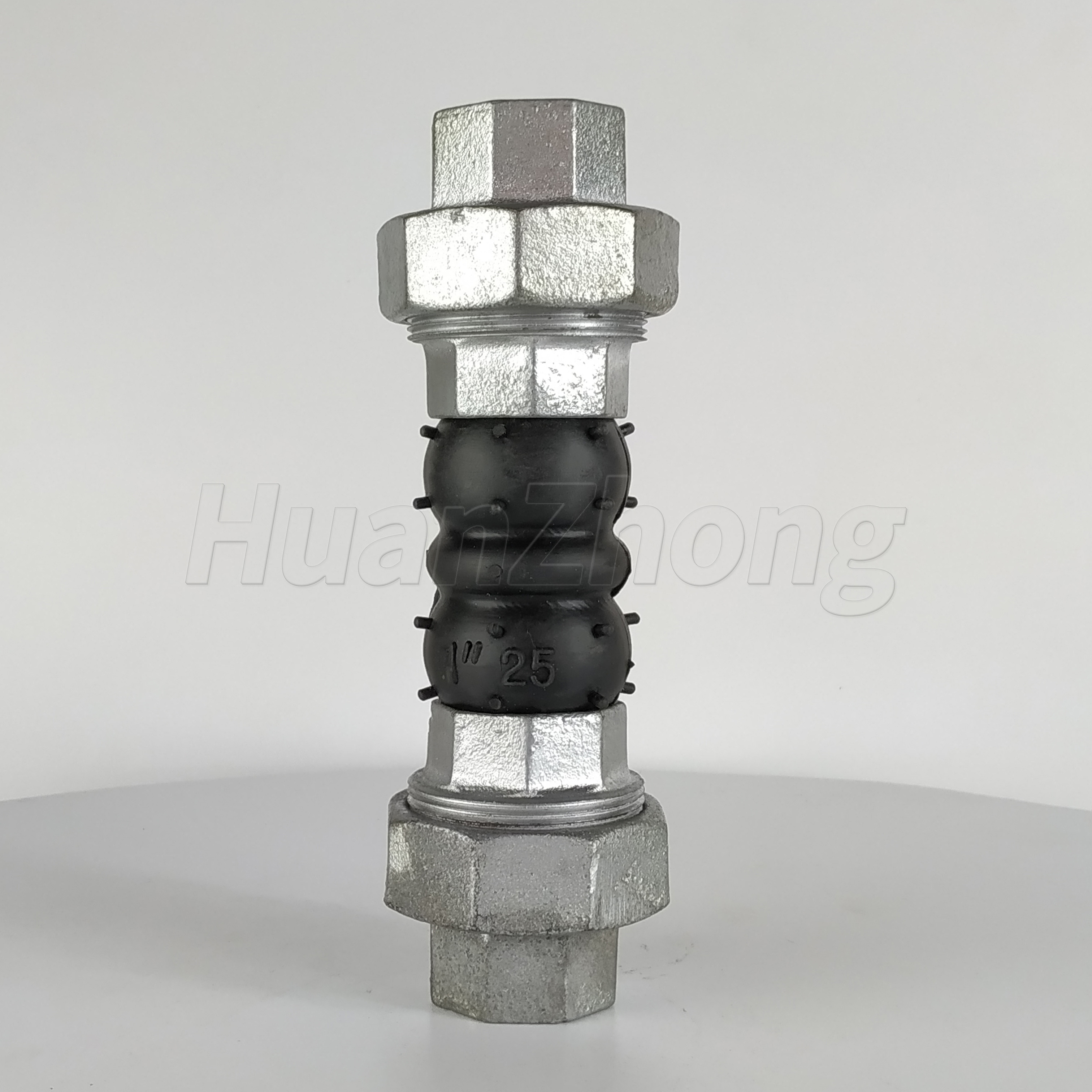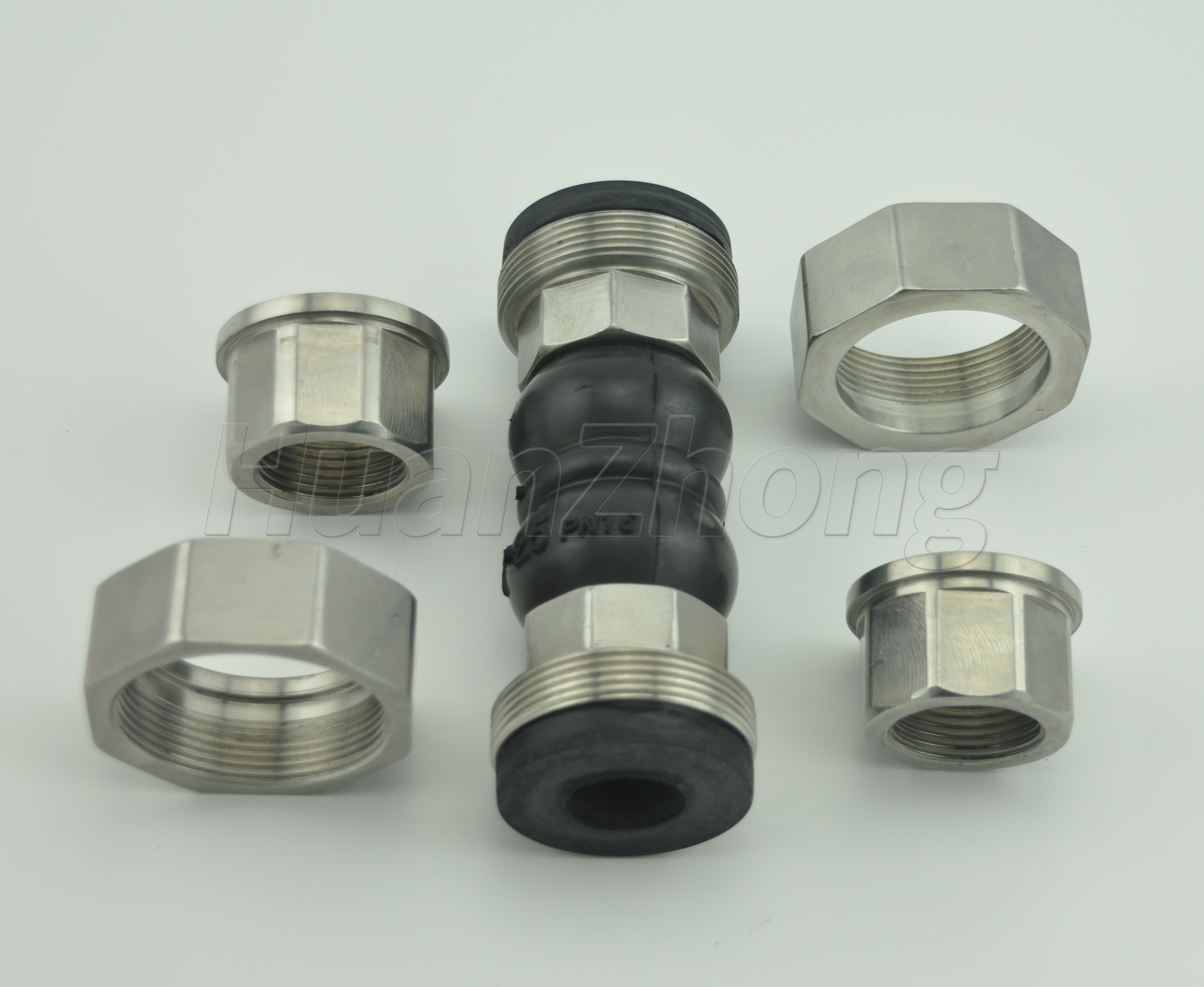Material Classification of Wire Buckle Rubber Flexible Joints.
Material Classification of Wire Buckle Rubber Flexible Joints. Wire buckle rubber flexible joints, also known as wire-reinforced rubber expansion joints, a type of flexible joint commonly used in piping systems to absorb movements, vibrations, and noise while maintaining the integrity of the pipeline. These joints are classified based on the materials used in their construction. Let's explore the material classification of wire buckle rubber flexible joints in this article.
Natural Rubber (NR) Natural rubber is a widely used material in the manufacturing of wire buckle rubber flexible joints. It offers excellent flexibility, low hysteresis, and good resistance to abrasion and tearing. NR joints are suitable for a wide range of applications, including water, air, and non-aggressive chemicals.
Neoprene (CR) Neoprene is a synthetic rubber that exhibits superior resistance to climate extremes, oil, ozone, heat, and aging. CR wire buckle rubber flexible joints are commonly used in applications where resistance to oil, fuel, and solvents is required. They are also suitable for applications involving water, air, and mild chemical exposure.
EPDM Rubber Ethylene Propylene Diene Monomer (EPDM) rubber is an excellent choice for wire buckle rubber flexible joints due to its exceptional resistance to ozone, weathering, and UV radiation. EPDM joints are highly recommended for outdoor and industrial applications where they will be exposed to sunlight, oxygen, and environmental contaminants.
Nitrile Rubber (NBR) Nitrile rubber is a versatile material with excellent resistance to oil, fuel, and other petroleum-based fluids. It also offers good resistance to heat, abrasion, and compression set. NBR wire buckle rubber flexible joints are commonly used in applications involving fuels, oils, and other hydrocarbon-based substances.
Viton (FKM) Viton is a fluorocarbon-based synthetic rubber known for its exceptional resistance to a wide range of chemicals, including acids, alkalis, fuels, and solvents. Wire buckle rubber flexible joints made from Viton are suitable for chemical processing, petrochemical, and aggressive chemical applications.
Hypalon (CSM) Hypalon is a chlorosulfonated polyethylene rubber that combines the features of neoprene and EPDM rubber. CSM wire buckle rubber flexible joints offer excellent resistance to weathering, ozone, heat, and chemicals including acids and alkalis. They are commonly used in applications involving corrosive environments, including wastewater treatment and chemical processing plants.
It is important to select the appropriate material for wire buckle rubber flexible joints based on the specific requirements of the application, including temperature, pressure, and the nature of the fluids or gases being conveyed. Consulting with manufacturers or professionals in the field can help determine the most suitable material for wire buckle rubber flexible joints in a given application.
In summary, wire buckle rubber flexible joints are classified based on the materials used in their construction. Natural rubber, neoprene, EPDM rubber, nitrile rubber, Viton, and Hypalon are commonly used materials for these joints. Each material has its own set of properties and is suitable for specific applications based on factors such as chemical resistance, temperature resistance, and durability. Selecting the right material is crucial to ensure the optimal performance and longevity of wire buckle rubber flexible joints in piping systems.

